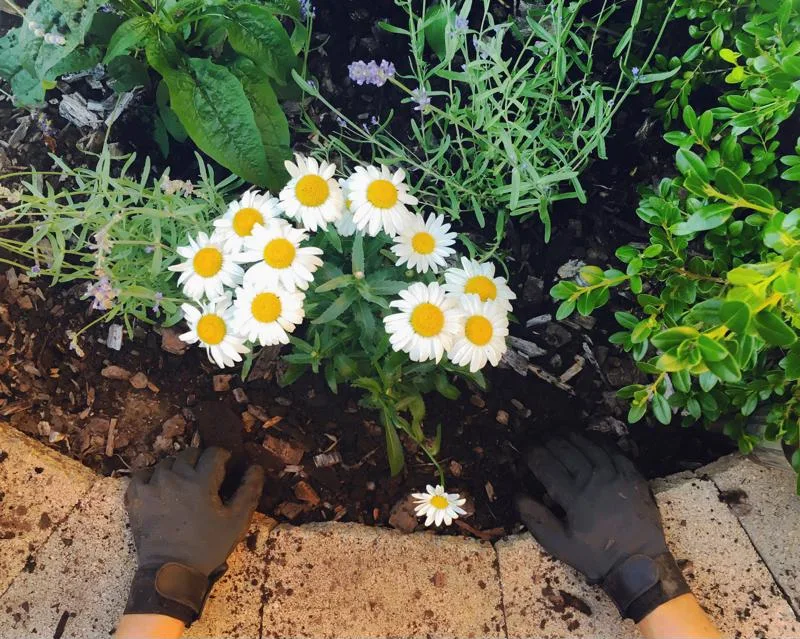
De-Gardening With Next Year's Blooms In Mind
Published Date: Nov 3, 2016
When you start closing up shop on your garden for the year as fall rolls in, are you keeping in mind future gardens in the same locale? The way you put your soil to bed or change your garden crop for the colder months can be a factor in whether upcoming gardens flourish or fail. If you're not sure where to start, here are some ideas: For warmer climates Locales like sunny Southern California require different yard maintenance than colder areas. If you live in a climate that stays warm all year-round, you can keep your garden going. Agromin recommends removing summer vegetables if they are no longer producing. That means tossing tomatoes, peas and lettuce that haven't been doing so hot. Green onions, beans, radishes, melons and peppers handle the "colder" months of this region well as they can withstand the handful of nights that go below freezing.
Herbs also flourish throughout the year, so don't forget to try out thyme, basil, parsley or other plants that you use to garnish or season. Mint makes a great tea for those chillier nights, especially when you can pick it fresh. Use some to line the edges of your custom patio or plant herbs in pots to arrange throughout your outdoor living space. Colorful pottery can make your backyard. feel like summer no matter the season.
With this season comes less sun, so you should alter your watering schedule. Set automatic sprinklers to shorten watering time, or break out the hose less often yourself. Gardening can be therapeutic, after all, so it's fun to enjoy the fruits of your labor.

all flowers and herbs can withstand a light frost.
For snowy climates Much of the United States is blanketed in snow and freezing cold during the winter months. This requires special attention in order to maintain your garden and ready the soil for the upcoming spring. Carl Wilson and Mary Hartman of the Colorado State University Cooperative Extension wrote that it's important to follow these steps before the chill sets in:
Remove weeds, old vegetables, and leafy and flowering plants. Use this organic matter to encourage excellent soil health by mulching it up and adding it to the soil. You can also add leaves, compost and manure to provide extra minerals.
Harvest remaining produce like squash immediately after the first frost to save them from damage and enjoy their bounty. Pro tip: Roast halved squash or pumpkins on the grill in your BBQ island with a hint of cinnamon and a touch of butter for a hearty cold-weather side dish.

Plant winter squash in fall for a tasty roasted treat to come!
For rainy climates While some regions turn white with snow during the winter, others receive plenty of rain. Locations like the Pacific Northwest require different gardening changes to account for all that excess water. Oregon State University, the University of Idaho and Washington State University paired up to create a fall and winter gardening guide for the PNW. They noted that there are plenty of crops that grow well during this time and even like the nip of frost. Brussels sprouts, collards, kale, parsnips and artichokes are all great varieties to plant if you're looking to keep your garden going as long as possible.
If you prefer to let the garden rest during this off-season, good drainage is crucial. You can improve this factor by mixing in organic matter with your soil. Use compost like old egg shells, newspapers and food scraps if you have a fence to keep animals out. You may consider creating raised garden beds or planting next to retaining or free-standing walls to better combat the rainy season and ensure the soil is properly draining instead of just eroding away. Keep in mind that you may need to add new layers of soil come spring to make up for this annual issue.
No matter what climate you reside in, there are ways to make use of the coming cold months. Add new crops or prepare your garden to rest and rejuvenate before next year's growing season. Either way you'll enjoy fresh produce or beautiful flowers because of all your proactive work and thoughtful planning.







